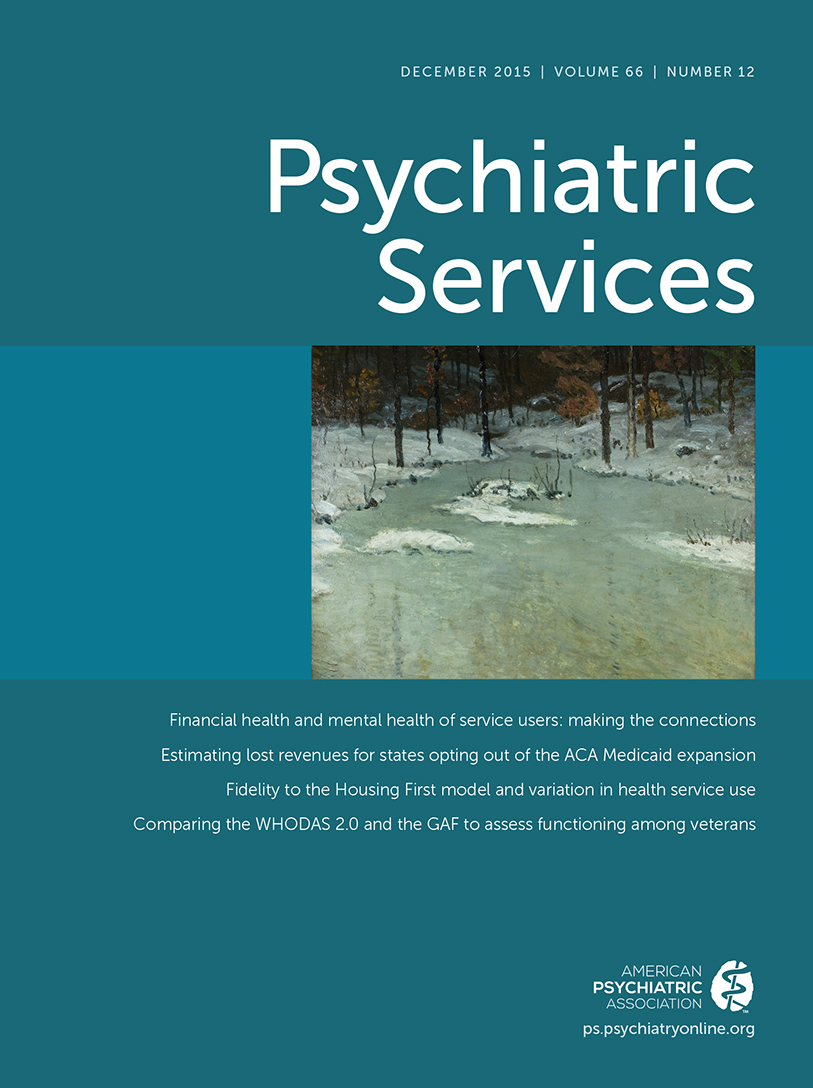Trends in Use of Seclusion and Restraint in Response to Injurious Assault in Psychiatric Units in U.S. Hospitals, 2007–2013
Abstract
Objective:
This study assessed trends in use of seclusion and restraint in response to injurious assault, including trends in percentage of assaults involving seclusion or restraint; average duration of seclusion; average duration of restraint using devices and holds (physical restraint); and percentages of restraint episodes involving devices, medication, and holds.
Methods:
Monthly administrative data from 2007 to 2013 for 438 adult psychiatric units in 317 U.S. hospitals were aggregated to compute annual measures. Time trends were assessed with nonparametric tests.
Results:
There was little evidence suggesting a decline in the frequency with which seclusion and restraint are used, but there were decreasing trends in average duration of physical restraint and percentage of restraint episodes involving devices.
Conclusions:
Efforts to curb seclusion and restraint have apparently been successful in reducing use of devices in restraint and shortening restraint duration. There may be room for improvement in reducing duration of seclusion.



